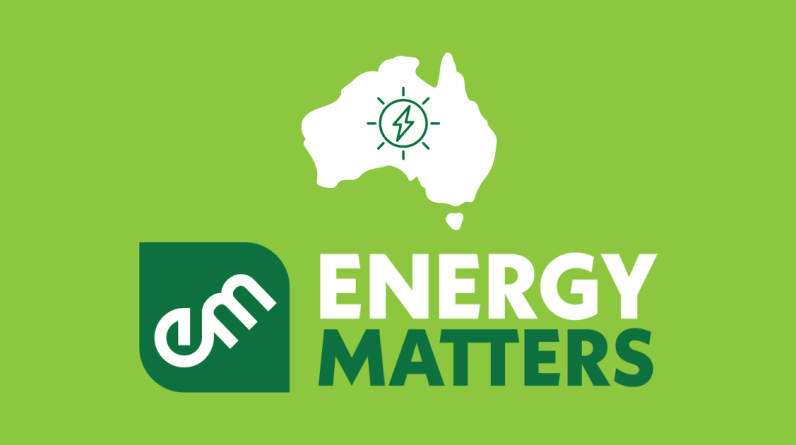
As government agencies continue to expand their reliance on cloud computing to modernize essential services, enhance citizen experiences, and adopt the latest innovations, they are confronting a new set of application development challenges.
While the evolution of virtualization and software containers paved the way for enterprises to run their IT operations in the cloud, their applications and associated dependencies continue to function largely as they traditionally have in enterprise data centers.
Anish Patel is the federal director of sales at Cloudflare.
Today, however, computing workloads are not only more distributed but increasingly hyper-automated. The problem is that traditional enterprise architectures and security models are increasingly ill-equipped to protect distributed data and applications in a highly decentralized, hyper-automated decision-making environment.
The Internet experience: From analog to digital to Internet-native
Consider how Internet applications have evolved over the past two decades. Initial applications driving the Internet were primarily about converting analog content, such as documents and images, into digital content. Then, as social networks and mobile devices became more prevalent, the Internet enabled organizations and users to create and provide new digital-native experiences. This required developing an entirely new generation of applications, as well as security models, to protect the data used by those applications. Similarly, cloud computing began as a way for enterprises to store and process vastly more information on an as-needed basis without worrying anymore about buying servers and infrastructure.
What’s changing is how AI, hyper-automation, and real-time decision-making place new performance and security demands on even relatively modern applications. This transformation will require building a new generation of native applications designed to work elastically across multiple distributed environments. These applications will need the requisite connectivity and security features to facilitate split-second, high-velocity, hyper-automated decision-making without compromising agency options or security.
They will also require a different approach to security — one where enterprise networking, cybersecurity, and application development teams will need to work more closely together on platforms that facilitate these new technology advances with security policies that touch all edges of the Internet. Put a different way, enterprise IT and security leaders will need to operate and develop applications differently to move from “silos to seamless.” So, how do we get there?
Building an integrated security cloud: Fitting into your world
People will accept security controls that seamlessly fit into their workflow, and organizations will allow access, as long as they know their data is safe. Making the translation between the two requires an understanding of some foundational realities:
- Enterprise IT operations will continue to rely on a variety of public, controlled, and private cloud environments and the users need to have the option to connect with those environments without disrupting security.
- Building and deploying secure applications that deliver native Internet experiences in real time means thinking not just about a unified security policy, but also about networking — connectivity, encryption, latency.
- The end user will always push the boundaries of agency services; however, pausing innovation erodes trust in the government.
The way to ensure security in these distributed environments is by creating a unified security cloud that integrates into your world while operating as an abstracted layer — a protective boundary right at the edge of the Internet — between agencies’ various IT operating environments and the Internet itself.
An integrated security cloud provides a unified platform for managing security, connectivity, and application performance across multiple cloud environments. By abstracting away the complexities of individual cloud platforms — be it AWS, Azure, Google, a software-as-a-service (SaaS), or even their on-prem data center — agencies can enforce consistent security policies, reduce latency, and improve user experiences. This approach offers several key benefits:
- Consistent user experience: Provide a reliable and secure connectivity and access experience across all devices and any locations.
- Make IT more responsive: Enforce consistent security policies across all environments (cloud or on-prem), by reducing complexity and improving operational efficiency.
- Bring you closer to your users: Deliver faster, more responsive services by optimizing network traffic and reducing the distance between users and applications.
Getting started: A journey, not a destination
The journey to an integrated security cloud begins with assessing an agency’s existing IT environments and identifying key security gaps. It’s also important to understand network performance gaps, particularly getting to and from the Internet. In a highly distributed environment, low latency matters — and will matter even more in the future as workloads become more automated.
Often, it’s hard to predict the next stop on the journey, especially as tech innovation is accelerating
Agencies should consider getting guidance from partners like Cloudflare, known for working agnostically with the broad universe of security providers — and which already has established working relationships with most federal agencies to provide Internet network services and API protections.
Cloudflare, one of the world’s largest and most interconnected networks that serves and protects 20% of all Internet traffic, currently helps agencies deliver secure Internet-connected services via 46 FedRAMP-approved Point of Presence (POP) locations all across the globe. Cloudflare also allows government agencies to distribute and protect critical infrastructure and applications, simplify and secure application access for their employees and contractors, and enhance citizen services with modern digital experiences.
Cloudflare already plays a central role in protecting agencies’ domain name Internet access, making it possible to provide added post-quantum cybersecurity protection. Because Cloudflare already serves as a shield for data exposed to the Internet, it gives agencies added protection even as they work on modernizing their applications.
One step that agencies should seriously consider focusing on now is the looming threat to current encryption practices from the emergence of quantum computing, which could render existing encryption algorithms obsolete, exposing data stolen today to widespread abuse in the coming decade. Today, 97% of the sites that use post-quantum cryptography encryption already do so via Cloudflare.
The shift to distributed cloud environments has created new security challenges for government agencies. Building an integrated security cloud offers a path to resilient and responsive government services in the cloud era. By simplifying security management, reducing latency, and improving user experiences, agencies can unlock the full potential of current and next-gen Internet services while ensuring the protection of critical data and systems.
Learn how Cloudflare for Government can protect agency employees and improve citizen services.

Written by Anish Patel
Anish Patel is the Federal director of sales at Cloudflare. He has devoted 20 years to helping government agencies with enterprise IT challenges, including in senior operational and business development positions at VMware, Cloudera and Cisco Systems.








